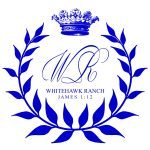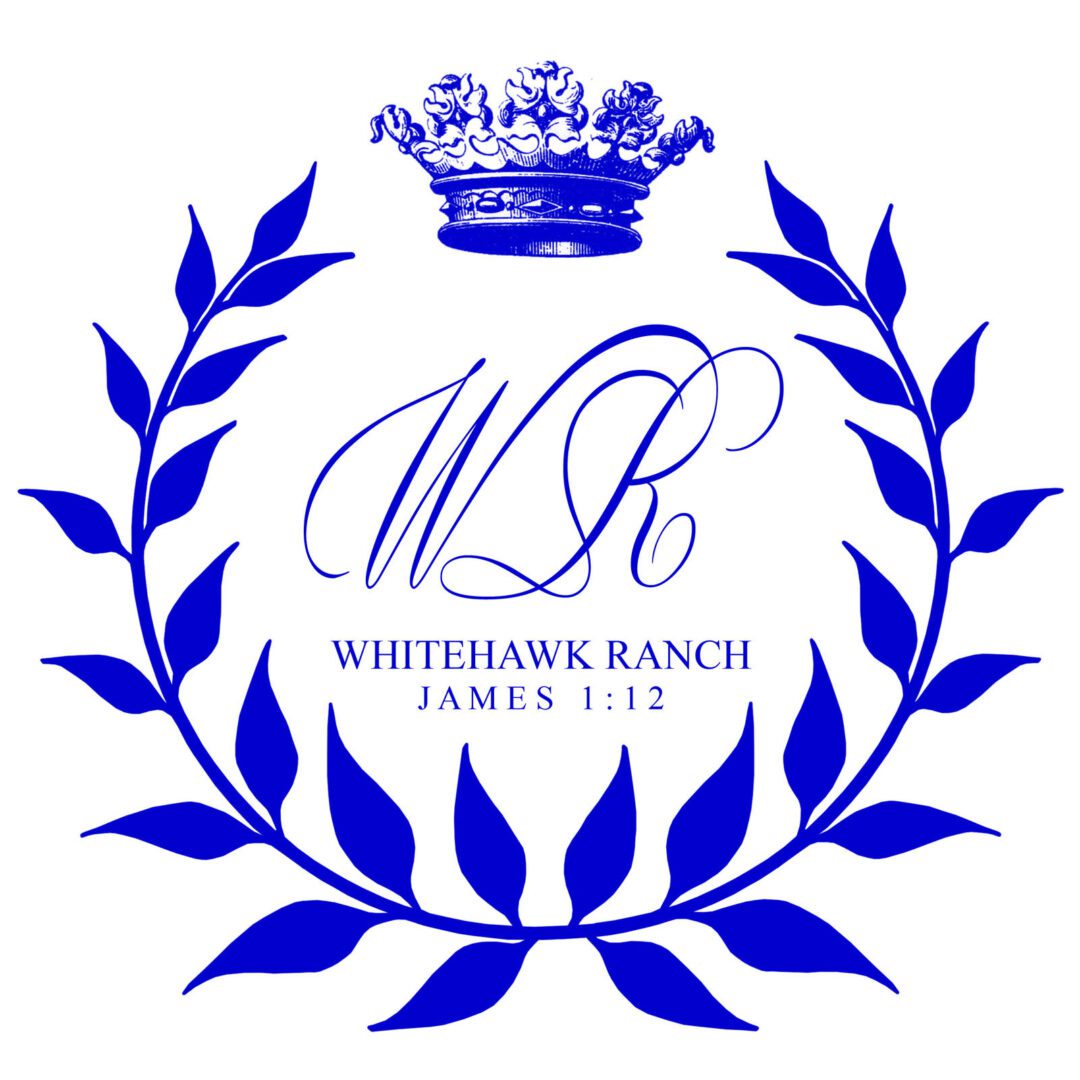Mastering Life’s Ride at the Walk, Trot, and Canter
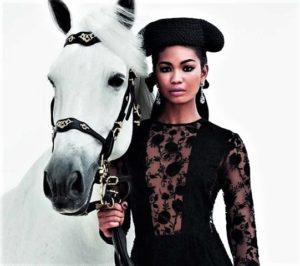
Through these unique wellness programs enable teen girls to learn the skills needed to live their lives with courage, conviction and power. Whitehawk Ranch is dedicated to combating the unhealthy information and influence young women receive from our popular culture in the areas of health, self-esteem and decision-making. Whitehawk Ranch promotes a new way of thinking – a thought process that strengthens the resolve of each participant to avoid negative thought patterns and to cultivate a healthy state of mind. Horse interaction is central to our programs’ philosophy and effectiveness and Classical Dressage elements provide the framework for our unique cognitive patterning curriculum.
Mastering Life’s Ride: Why we use elements of Classical French Dressage
The origins of classical dressage and collection lie in the natural ability of the horse and its movements in the wild. In fact, most modern definitions of dressage state that the goal is to have the horse perform under saddle with the degree of athleticism and grace that it naturally shows when free.
Horses naturally use the concept of collection when playing, fighting, competing and courting with each other. When trying to impress other horses they make themselves look bigger, just as other animals do. They achieve this by lifting the forehand, raising the neck and making it bigger by flexing the poll, while at the same time transforming their gaits to emphasize more upwards movement. When fighting, the horse will collect because in collection he can produce lightning speed reactions for kicking, rearing, spinning, striking with the front feet, bucking and jumping.
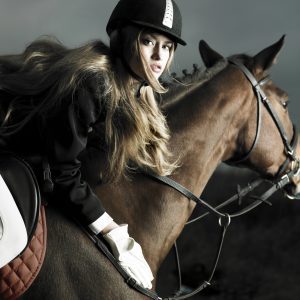
This natural ability to collect is visible in every horse of any breed, and probably inspired early trainers to reproduce that kind of behavior in more controlled circumstances. This origin also points out why, according to most Classical dressage trainers, every healthy horse, regardless of its breed, can perform classical dressage movements, including the Haute Ecole jumps, or Airs above the ground, even though it may perform them a little differently from the ideal performance due to the build of its body.
The ultimate goal of dressage training is to develop a horse to its ability as an athlete: maximum performance with a minimum of effort. The training scale (as set for in the German riding instruction) is to physically develop the horse in a consistent manner with longevity in mind. Dressage is fitness training and needs to be treated as such, with thought, compassion and patience.
Mastering Life’s Ride Equine Modules
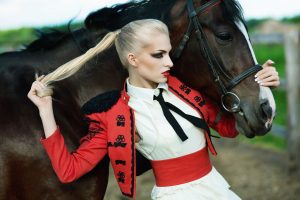
•Grooming with intention
•Mastering Leadership
•Leading with a Purpose
•Obstacle Challenge
•OBSTACLE COURSE
•Longe line work
•Dressage in hand
•Dressage under saddle
•Grand Prix Champion
